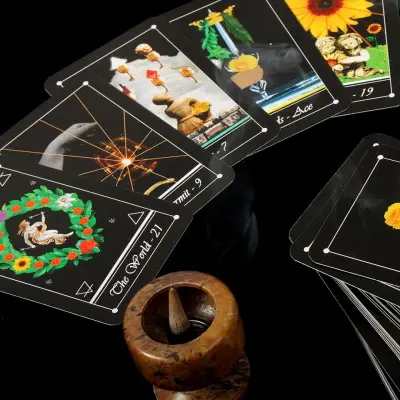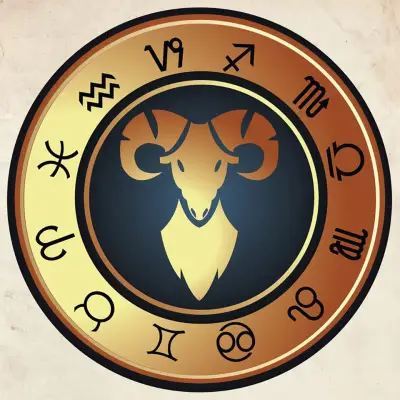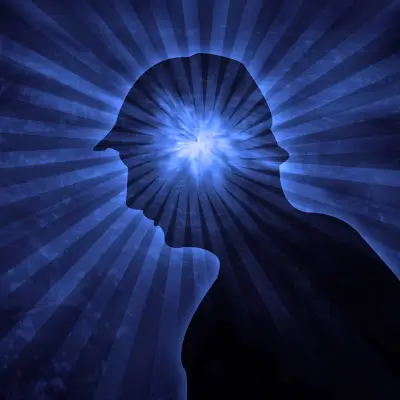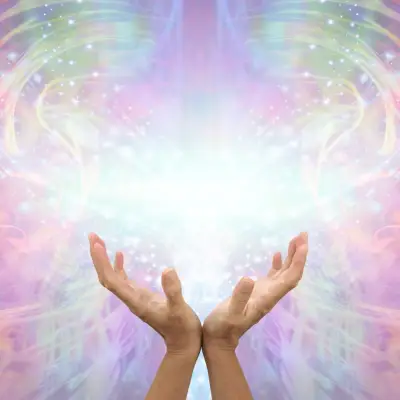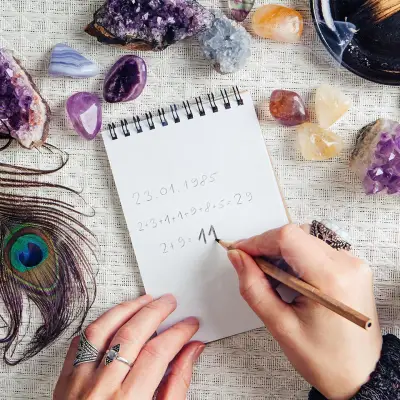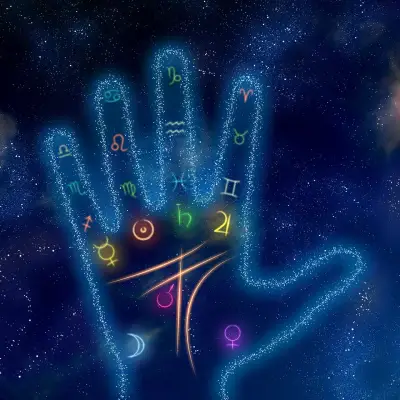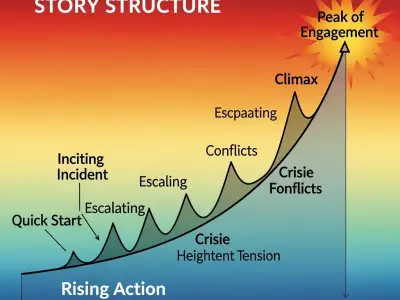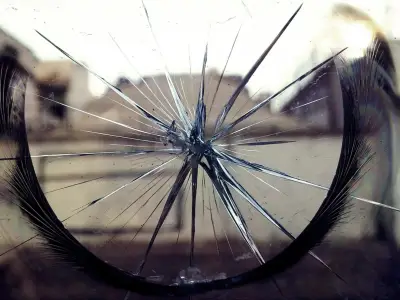Tarot cards are a popular tool in many spiritual and holistic routines, but what exactly are they, and how can you use them? In this article, we'll explore the meaning and history of tarot and how to use tarot cards to receive guidance and clarity.
What is Tarot?
Tarot is a form of guidance that uses a deck of 78 cards to gain insight into the past, present, and future. Each card has a unique meaning and interpretation, and the reader uses these cards to answer questions or provide guidance on various aspects of life.
Tarot has been used for centuries and remains a popular form of guidance today. Many people are drawn to tarot because it can provide insight on various topics, including love, career, and personal growth.
While some may view tarot as a form of fortune-telling, it is important to note that tarot readings are not meant to predict the future but to provide guidance and insight into the present moment.
As with all holistic practices, you must trust your intuition above all else. Each person may interpret tarot cards differently, which is the beauty of tarot card reading.
Historical Origins of Tarot
The origins of tarot are somewhat shrouded in mystery, but most scholars agree that the cards were likely created in northern Italy during the 15th century.
The earliest known tarot decks were used for playing games similar to modern-day bridge or poker. It was in the 18th century that tarot began to be used for guidance and fortune-telling.
Some historians believe that ancient Egyptian, Jewish, and Christian mystical traditions influenced the images on the tarot cards. Others suggest that the images were inspired by the Italian Renaissance and its fascination with the occult and esoteric knowledge.
There are many theories about where the name "tarot" comes from. Some say it is derived from the Arabic word "tar", which means "path" or "way," while others believe it comes from the Italian word "tarocchi", which was used to describe a type of playing card.
Despite its origins, tarot has become a popular tool for personal growth and insight. Whether you are a seasoned reader or just starting, tarot can be a powerful practice for self-discovery and understanding.
Recommended for you!
Best SellersA Beginner's Guide to Tarot
If you're new to tarot, it can seem overwhelming at first. But with some knowledge and practice, you can start reading tarot cards for yourself and others. Here are a few tips to help you get started:
Understanding the Basics
Tarot is a deck of 78 cards. Each card has a unique image and meaning that can be interpreted in various ways. The deck is divided into two sections: the Major Arcana and the Minor Arcana.
The Major Arcana consists of 22 cards representing major life events and themes.
The Minor Arcana comprises 56 cards divided into four suits: Wands, Cups, Swords, and Pentacles. Each suit represents a different element and aspect of life.
Getting Started
To begin reading tarot, you'll need to choose a deck that resonates with you. Many different types of decks are available, each with its unique artwork and symbolism. You can also use a guidebook or online resources to help you interpret the cards.
From classic choices such as the Rider-Waite tarot deck to newer interpretations, choosing a deck that feels right for you is important.
Once you have your deck, take some time to familiarise yourself with the cards and their meanings. You can start by pulling a card daily and reflecting on its meaning and how it applies to your life.
Performing a Reading
When you're ready to perform a reading, start by shuffling the deck and focusing on your question or intention. You can do a simple three-card spread to become familiar with the cards.
At first, as you lay out the cards, pay attention to the images and their meanings. You can also use your intuition and any insights you receive to interpret the cards.
Don't worry if you need clarification on the meanings at first. You'll become more familiar with each card's symbolism with time and repetition.
It's best to begin by conducting readings for yourself before doing them for others. When you feel comfortable reading cards for your own purposes, consider sharing your skills.
How to Use Tarot Cards
Once you're familiar with the basic meanings of tarot cards, you can use them for guidance and personal growth. Here's how to use tarot cards:
- Set the mood: Find a quiet space to focus and relax. Light a candle or some incense to create a calming atmosphere.
- Shuffle the cards: Shuffle the deck thoroughly, focusing on your question or intention. You can shuffle the cards in any way you like.
- Draw your cards: Draw the cards from the deck once you feel ready. You can draw as many cards as you like, but most readings involve three to five cards.
- Interpret the cards: Look at each card and interpret its meaning in the context of your question or intention. You can use the guidebook that comes with the deck, or you can rely on your intuition to guide you.
- Reflect on the reading: After you've interpreted the cards, take some time to reflect on the reading. Think about how the cards relate to your question or intention and what insights they may offer. You can keep a tarot journal to keep track of your readings.
Remember that tarot readings are not a substitute for professional advice or guidance. Use them as a tool for self-reflection and personal growth. With practice, you'll develop your unique style of reading and interpretation.
Interpreting Tarot Card Meanings
Interpreting the meanings of tarot cards can be challenging and requires a thorough understanding of the symbolism and meanings of each card. Here are a few tips to help you interpret tarot card meanings:
Pay Attention to the Imagery
The imagery on tarot cards is rich with symbolism and meaning. Pay attention to the details in the images, including colours, objects, and people. Each element in the image can provide clues to the card's meaning.
Don't worry if you pull cards such as "death" or "the hanged man". Even though these cards sound ominous, they aren't negative. They often represent transformation or new perspectives.
Consider the Card's Position
The card's position in a tarot spread can provide insight into its meaning. Cards in different positions can have different meanings and can interact with each other to create a more nuanced interpretation.
An upright position often symbolises a traditional interpretation of the tarot card, whereas a reversed position might represent the opposite message.
Use Your Intuition
While it's important to have a solid understanding of the symbolism and meanings of each card, it's also important to trust your intuition when interpreting tarot cards. Your intuition can help you pick up on subtle nuances and provide a more accurate interpretation.
Look for Patterns
When interpreting a tarot spread, look for patterns and connections between the cards. These patterns can provide insight into the overall message of the spread and can help you interpret individual cards more accurately.
Do the tarot cards all represent a certain theme? Are the same numbers recurring? What pattern is present across all cards? Keep an open mind when interpreting your reading.
By following these tips, you can develop a deeper understanding of the meanings of tarot cards and become a more confident and knowledgeable reader.
The Role of Intuition in Tarot Reading
When it comes to tarot reading, intuition plays a crucial role in interpreting the cards and providing insights into the querent's situation. Intuition is the ability to understand something instinctively without needing conscious reasoning. It is a skill that can be developed through practice and experience.
In tarot reading, intuition is used to interpret the symbols and meanings of the cards. It allows the reader to go beyond the traditional meanings of the cards and provide a more personalised reading for the querent.
To develop your intuition in tarot reading, it is important to trust your instincts and let go of any preconceived notions or biases. You must be open to receiving messages from the cards and be willing to interpret them in a way that resonates. Practising regularly and being patient with yourself as you develop your skills is also essential.
By trusting your instincts and being open to receiving messages from the cards, you can provide a personalised and insightful reading for yourself and others.
Ethics of Tarot Reading
If you're thinking of becoming a tarot card reader and sharing your skills with others, there are certain ethical considerations that you should keep in mind. Here are some of the most important ones:
Confidentiality
As a tarot reader, you must respect the privacy of your clients. This means that you should never share personal information with anyone else unless you have explicit permission.
Objectivity
It's important to approach tarot reading with an open mind and without any preconceived notions. You should strive to be as objective as possible and avoid projecting your biases or opinions onto the reading.
Responsibility
As a tarot reader, you have a responsibility to your clients. This means you should always be honest with them and provide accurate and helpful information. You should also avoid making promises or guarantees you cannot keep.
Consent
Before you begin a tarot reading, you should always obtain the client's consent. You should explain the process to them and allow them to ask questions or raise concerns.
Boundaries
It's important to establish clear boundaries with your clients. This means that you should never engage in any behaviour that could be perceived as inappropriate or unprofessional. You should also avoid getting too emotionally involved in your clients' lives.
By considering these ethical considerations, you can ensure that your tarot readings are conducted responsibly and respectfully.
What is Tarot? A Summary
Now that you better understand what tarot is, you can appreciate the depth and complexity of this powerful practice. Tarot is a tool for self-reflection and spiritual growth, and it can be used in various ways to gain insight and guidance. Whether seeking answers to specific questions or simply looking to deepen your connection to your intuition, tarot can be a powerful tool for transformation.
Remember that tarot is not a magic solution to all life's problems. It is a tool that can help you gain insight and clarity into your own life. It is up to you to interpret the cards and apply their messages to your life in a meaningful way.
Our Tarot Diploma Course and Advanced Tarot Diploma Course are excellent accredited courses designed to help you become the most proficient tarot reader possible, whether it's for yourself or others. Enrol in these courses for just £29 each (saving £98!) and begin your tarot journey today.
Frequently Asked Questions
What are the 78 Tarot cards?
The 78 Tarot cards are cards used for divination and fortune-telling. The deck is divided into the Major Arcana and the Minor Arcana. The Major Arcana consists of 22 cards, while the Minor Arcana consists of 56 cards divided into four suits: Wands, Cups, Swords, and Pentacles.
What is the concept of tarot?
The concept of tarot is based on the idea that the cards can be used to gain insight into the past, present, and future. The cards represent different archetypes, symbols, and energies that can be interpreted to provide guidance and advice on various aspects of life.
What is tarot used for?
Tarot is used for divination, spiritual guidance, and personal growth. People use tarot to gain insight into their own lives, to make decisions, and to gain a deeper understanding of themselves and the world around them.
What is tarot in spirituality?
In spirituality, tarot is often used for personal growth and self-discovery. It is believed that the cards can help people connect with their inner wisdom and intuition and provide guidance on their spiritual path.
Are tarot cards supernatural?
Tarot cards are not considered to be supernatural. Instead, they are seen as a tool that can tap into one's intuition and inner wisdom.
Who invented tarot cards?
The origins of tarot are unclear, but it is believed to have originated in Italy during the 15th century. The first known Tarot deck was created in Milan in the early 15th century, and the cards were used for playing games before they were used for guidance purposes.
